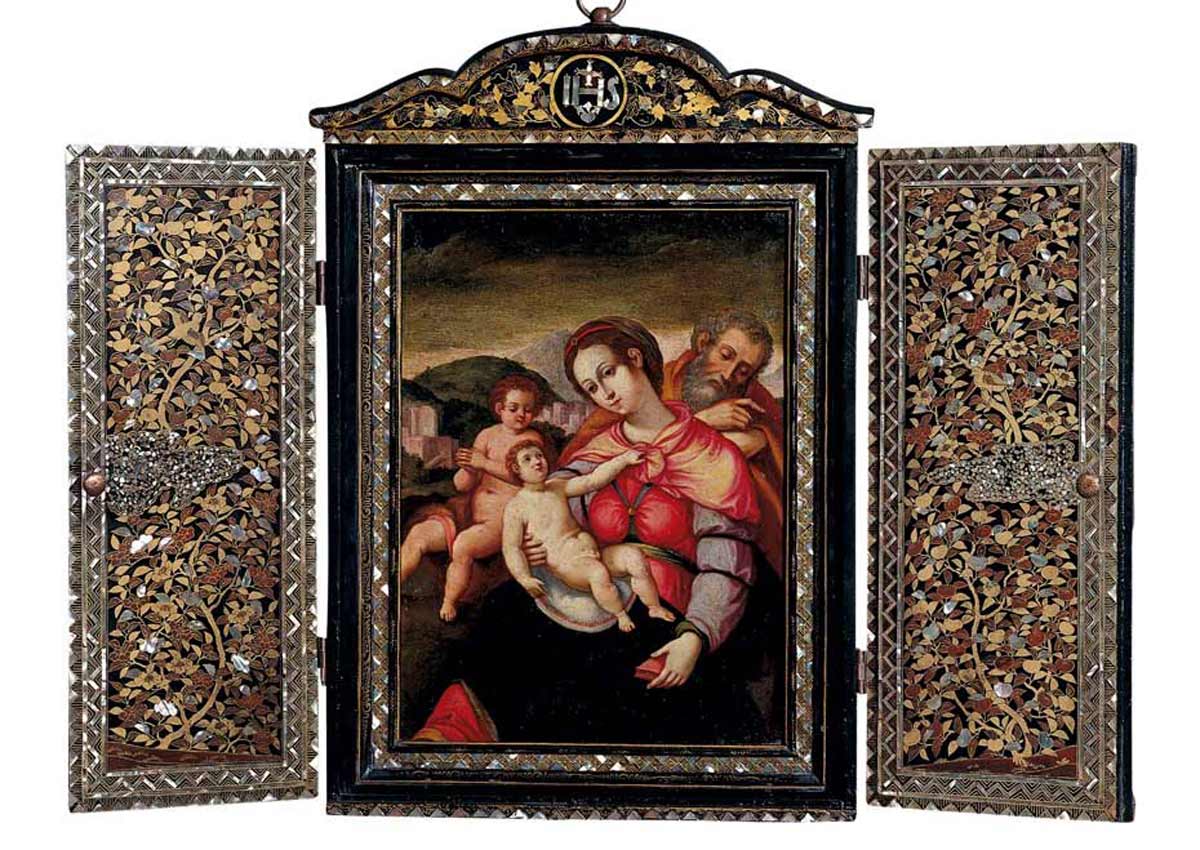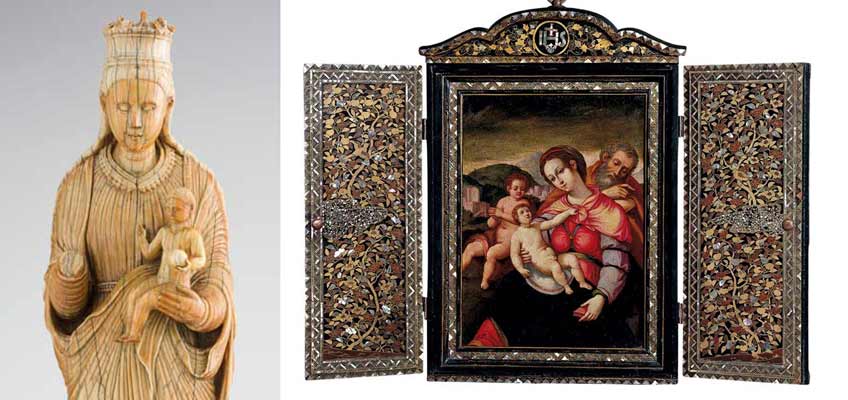SINGAPORE – One Virgin Mary statue is attired somewhat like a Sri Lankan Buddhist monk. Another figurine of the revered mother of Jesus Christ resembles bodhisattva Guanyin floating on a plume of clouds.
These are but only two examples of the remarkable cultural interplay seen in old Christian art produced in Asia as the religion spread in many corners of the region, from Indonesia to Japan, and China to the Philippines.
Assembling highlights of this unique synthesis in items crafted over 800 years is a new exhibition at the Asian Civilisations Museum (ACM) – Christianity in Asia: Sacred Art and Visual Splendour.
Starting from Friday (May 27), the first-ever such display will feature more than 150 sacred treasures from Singapore, France, Portugal, Italy, Hong Kong, and the Philippines and 20 renowned institutions and private collections around the world. Many will be unveiled here for the very first time.
Complementing prized items from Musee du Louvre, the Bibliothèque nationale de France, and Lisbon’s National Museum of Ancient Art, will be objects from ACM’s collection, such as the largest known Sri Lankan ivory sculpture of Mother Mary.
The exhibition, which will run till September 11, will cover Christian art spanning from the 13th to the 20th century, with special attention paid to the period of 16th to 18th century when missionary and international trade activities flourished.
European Christian subjects in objects were designed with local motifs and patterns, or distinctively local materials such as Sri Lankan ivory, Chinese porcelain and Vietnamese mother-of-pearl were used to make them. Interestingly, many of the artists who created Christian images belonged to other faiths.
Here are some highlights:
1) Virgin and Child
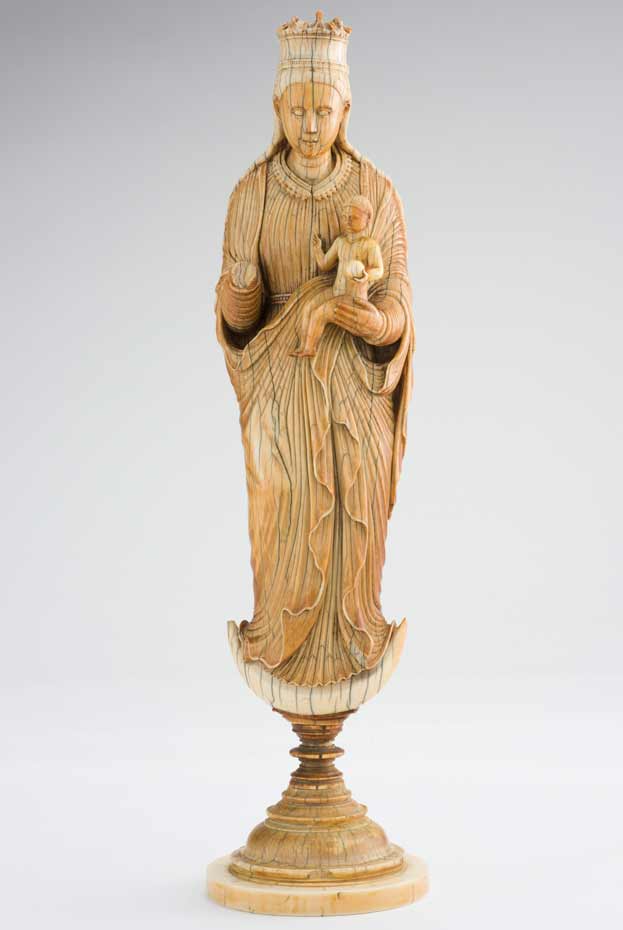
The largest known Sri Lankan ivory of the Virgin and Child. Dated mid-16th century. The pleated garments are are not Western in style. The shawl on Mary is the same type of garb worn by Buddhist monks in Sri Lanka. Three incised lines on the neck of Mary and Jesus are distinguishing marks seen on the Buddha.
2) Shrine with a painting of Holy Family with John the Baptist
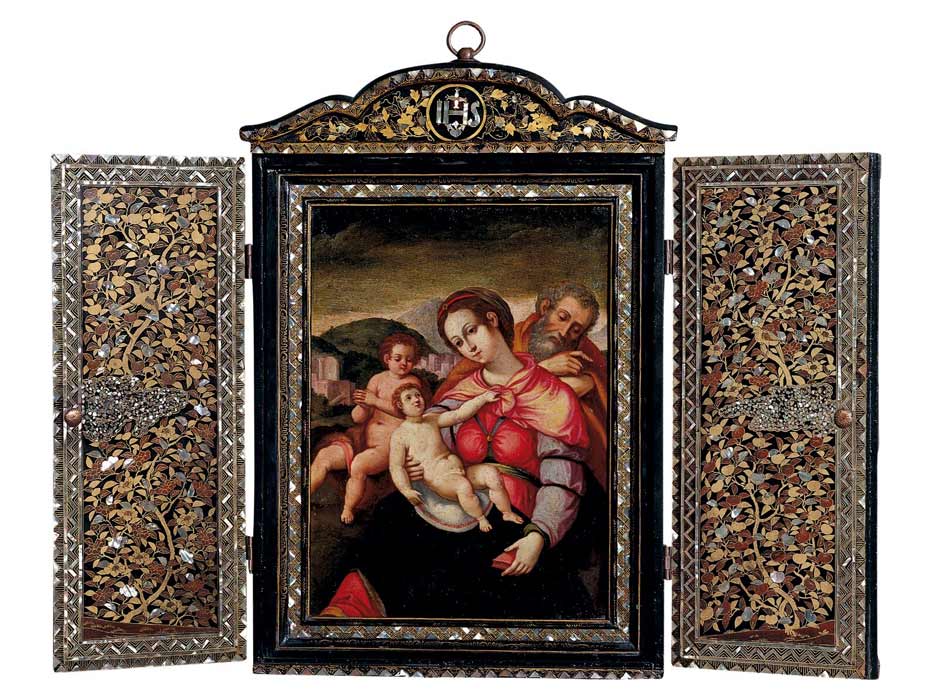
Shrine with doors from Japan. Dated late 16th century. This ornate portable Jesuit shrine is made of lacquered wood, enhanced with gold decoration and mother-of-pearl. Doors with flowering trees and birds open to reveal an oil painting on copper showing the Holy Family with John the Baptist. The painting may have been made in Europe, Americas or Asia, and then shipped to Japan. Alternatively, empty lacquer shrines may have been exported. It is believed they were made for a variety of customers such as wealthy Japanese Christians, as well as European and local clergy.
3) Portrait of Matteo Ricci
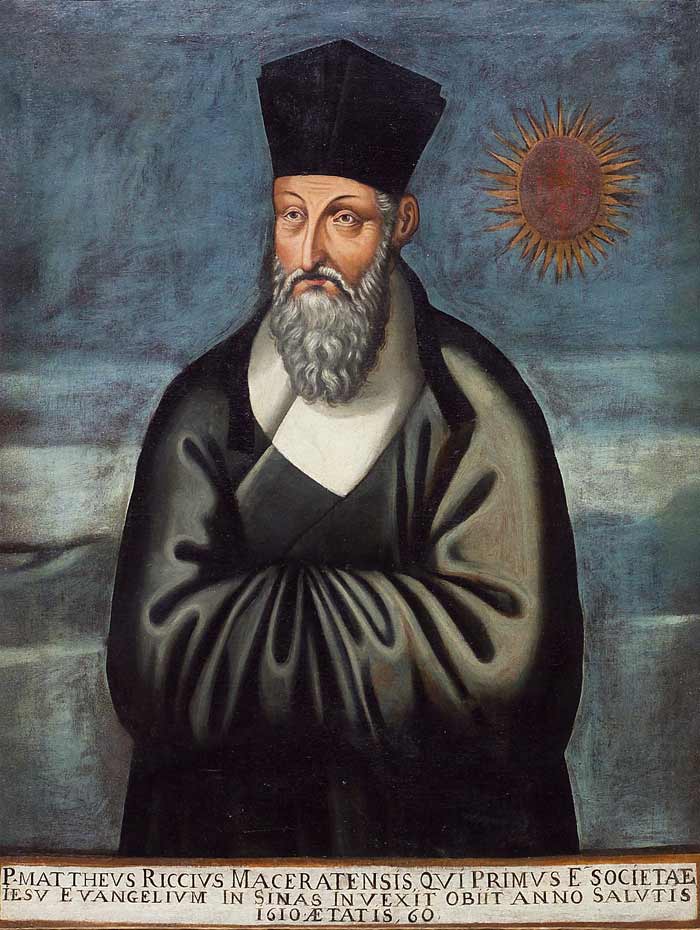
Oil on canvas by Emmanuele Pereira aka You Wenhui, Beijing, China. Dated 1610. Matteo Ricci (1552-1610), an Italian Jesuit, devoted his life to propagating Christianity in China. He is dressed here like a Confucian scholar, with long robes and a tall four-corner hat. This is the only known portrait of Ricci.
4) Bureau shrine
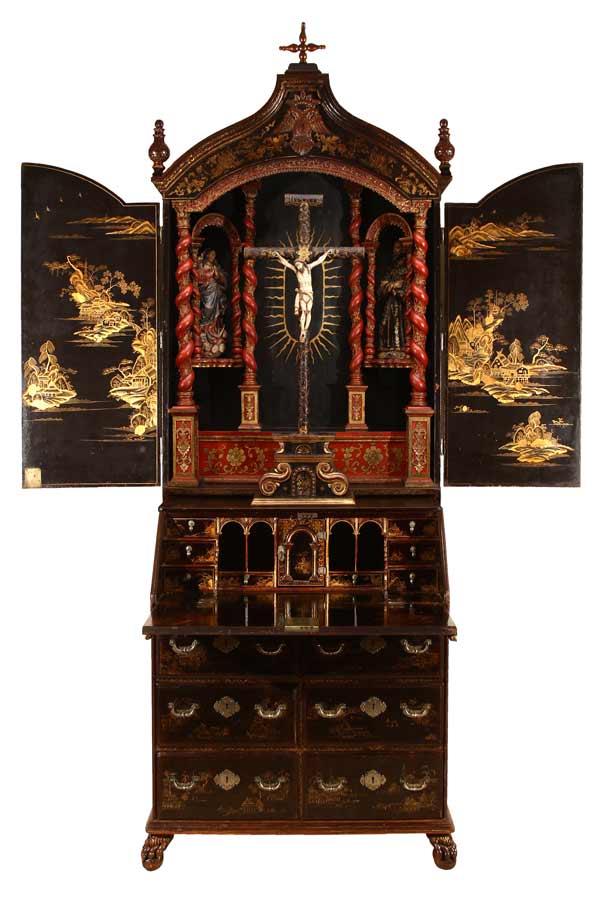
Bureau in wood, gold, lacquer, silver and brass from China, probably Guangzhou. Dated 1730s. Created in the style of an early 18th-century English “bureau bookcase”, this is the only known Chinese lacquer bureau made as a Christian shrine. The ivory sculpture of Christ on the Cross was carved in Goa, India in the late 17th or early 18th century.
5) Virgin and Child with John the Baptist
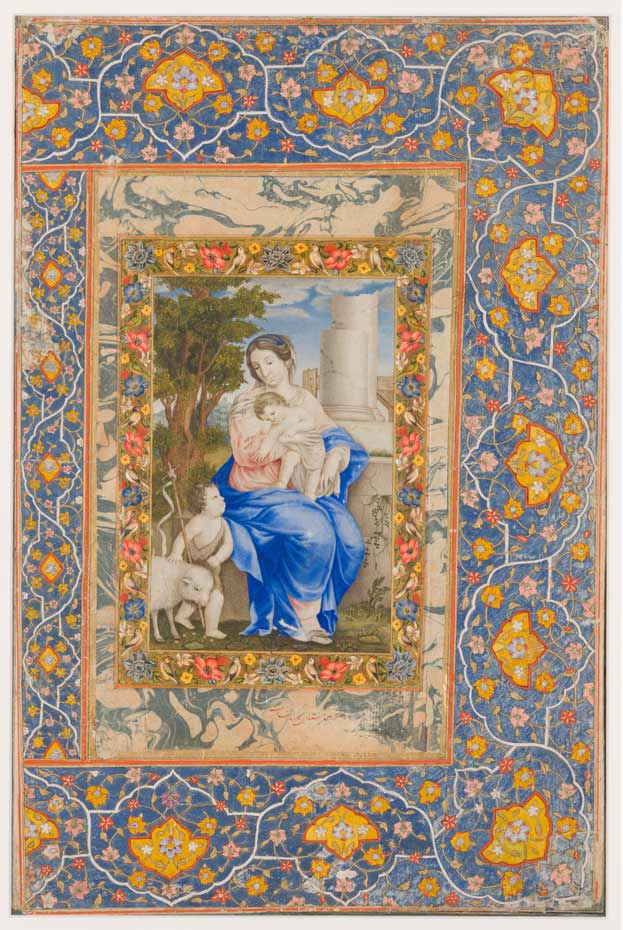
Colour painting on paper by Muhammad Zaman, Iran. Dated 1682-83. The image of the Virgin and Child with John the Baptist is generally European style. The presence of Christian subjects in Islamic art is unsurprising since the Virgin, Christ, and John the Baptist are respected figures in Islam. The artist may have made images for Christians, such as members of the Armenian church. But not all were made for Christians.
Highlighting another effort by the museum to present a broad perspective of pan-Asian cultures, ACM director, Dr Alan Chong, said: “Christian art in Asia was created by artists of many different faiths: Hindu, Muslim, Buddhist, Confucian, and so on. New motifs and materials were used in these objects, which reflect many heritages. Moreover, many of the images were collected by patrons who were non-Christian. This demonstrates the curiosity and openness evident throughout Asia, especially in the 16th and 17th centuries.”
Christianity in Asia: Sacred Art and Visual Splendour exhibition runs from May 27 to September 11, 2016 at the Asian Civilisations Museum. Admission charges apply.
chenj@sph.com.sg
